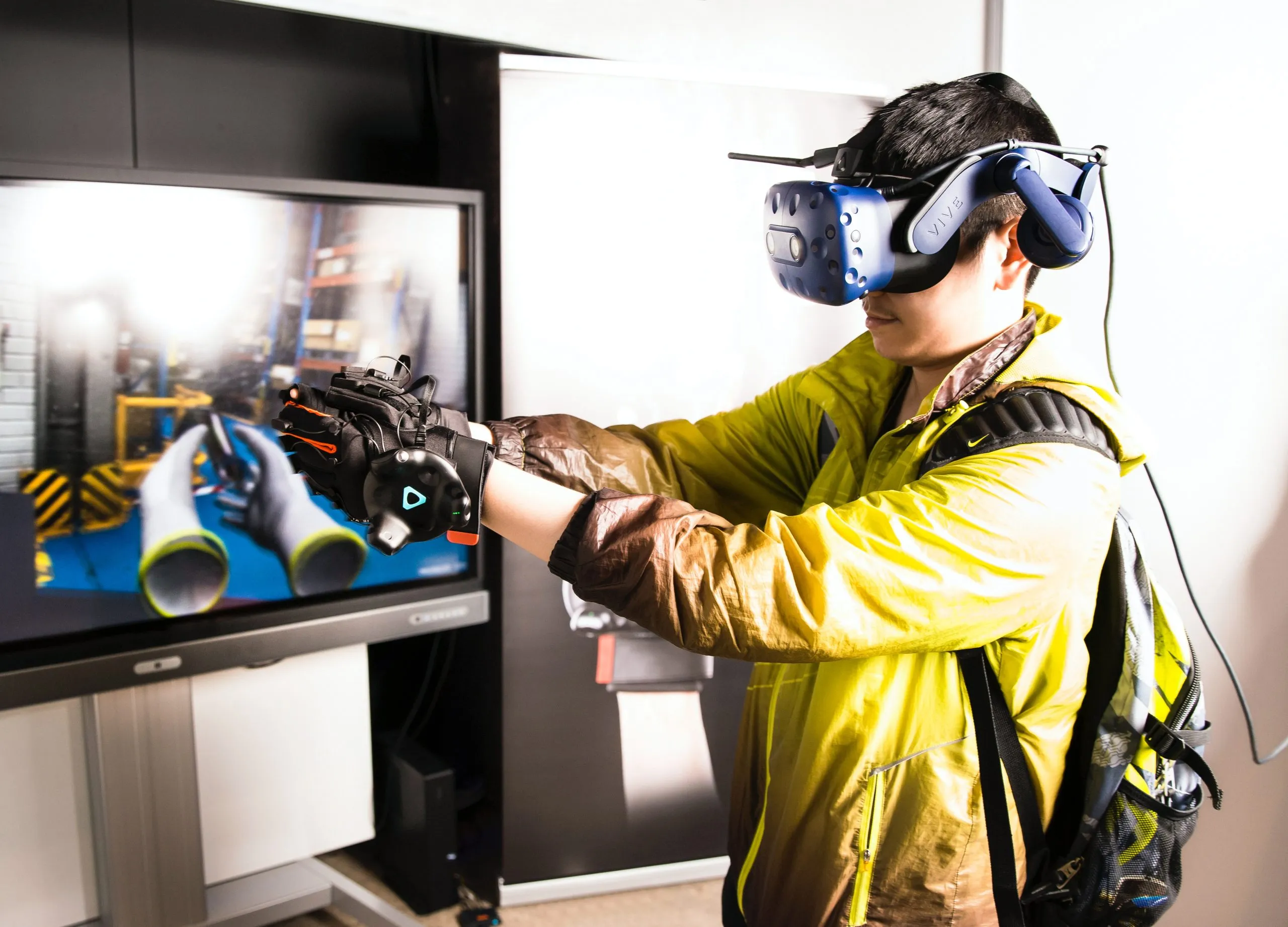Jun 21, 2024
Introduction
In today's fast-paced world, the demand for effective and efficient training solutions has never been higher. Enter Virtual Reality (VR) training solutions—a revolutionary approach that promises to transform the way we learn and develop skills. With the immersive nature of VR, the possibilities are endless, from simulating real-world scenarios to providing hands-on experience in a safe and controlled environment. Let's explore how VR training solutions are shaping the future of education and professional development.
What is Virtual Reality Training?
Virtual Reality training involves the use of VR technology to create simulated environments where users can engage in interactive learning experiences. By wearing VR headsets, trainees are transported into a 3D world that replicates real-life settings, tasks, and challenges. This method allows for a highly engaging and realistic training experience that traditional methods often lack.
Benefits of VR Training Solutions
1. Enhanced Learning Retention
One of the most significant advantages of VR training is its ability to enhance learning retention. Studies have shown that immersive learning experiences lead to better retention rates compared to traditional classroom or online learning. The hands-on nature of VR allows learners to practice skills repeatedly until they master them, reinforcing knowledge and muscle memory.
2. Safe Environment for Risky Scenarios
VR training provides a safe space for practicing high-risk tasks without the potential for real-world consequences. This is particularly valuable in industries such as healthcare, aviation, and manufacturing, where mistakes can be costly or dangerous. Trainees can make errors, learn from them, and improve their performance without any real-world repercussions.
3. Cost-Effective and Scalable
Traditional training programs often involve significant costs related to travel, equipment, and materials. VR training can reduce these expenses by providing a scalable solution that can be accessed from anywhere. Once the VR training program is developed, it can be used by countless trainees, making it a cost-effective investment in the long run.
4. Realistic Simulation and Feedback
VR training can replicate complex scenarios with a high degree of realism, providing trainees with a lifelike experience. Additionally, VR systems can track performance metrics and provide instant feedback, helping learners understand their strengths and areas for improvement. This immediate feedback loop accelerates the learning process and ensures continuous improvement.
5. Increased Engagement and Motivation
The immersive nature of VR captures learners' attention and keeps them engaged throughout the training session. The interactive and gamified elements of VR training make the learning experience enjoyable and motivating, encouraging trainees to participate actively and retain information better.
Applications of VR Training Across Industries
Healthcare
In the healthcare sector, VR training is used to simulate surgical procedures, patient interactions, and emergency response scenarios. Medical professionals can practice their skills in a controlled environment, improving their proficiency and confidence before performing on real patients.
Aviation
Pilots and air traffic controllers benefit from VR training by experiencing realistic flight simulations and emergency scenarios. This allows them to hone their skills, practice decision-making, and improve their response times in critical situations.
Manufacturing and Engineering
VR training helps workers in manufacturing and engineering sectors to understand complex machinery and processes. They can practice assembling and repairing equipment, reducing the likelihood of errors and enhancing overall productivity.
Education
In the educational sector, VR is being used to create immersive learning experiences for students. Subjects such as history, science, and geography come to life through virtual field trips and interactive lessons, making learning more engaging and effective.
Challenges and Future Outlook
While VR training solutions offer numerous benefits, there are also challenges to consider. The initial cost of VR equipment and development can be high, and there may be a learning curve associated with using the technology. Additionally, ensuring content quality and keeping it up-to-date with industry standards is crucial.
Despite these challenges, the future of VR training looks promising. As technology continues to advance, the costs are expected to decrease, making VR training more accessible to a wider audience. The integration of artificial intelligence and machine learning will further enhance the capabilities of VR training solutions, providing personalized and adaptive learning experiences.
Conclusion
Virtual Reality training solutions are revolutionizing the way we learn and develop skills. By offering immersive, realistic, and engaging training experiences, VR has the potential to transform education and professional development across various industries. As technology continues to evolve, we can expect VR training to become an integral part of the learning landscape, paving the way for a future where knowledge and skills are acquired more effectively and efficiently than ever before.





